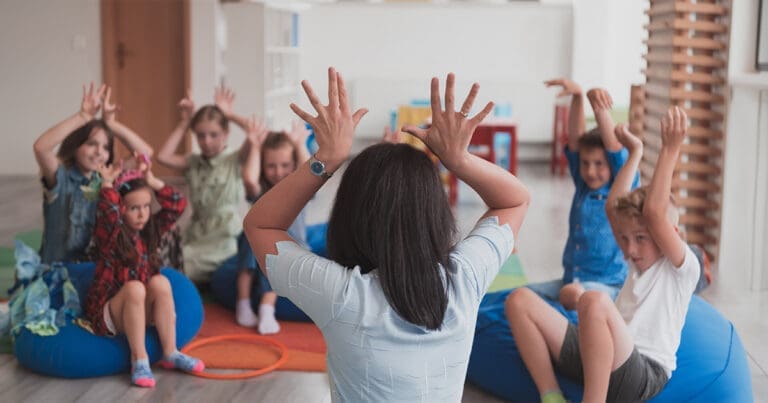Much about teaching and learning feels intuitive and at least somewhat straightforward. After all, we as educators identify what we want students to learn, organize and introduce the content or skill, have students practice, and then assess whether it was learned. Yet, no single strategy works every time, with every student, or in every situation.
It is also true that not every strategy that builds learning is obvious. In fact, some of the most useful learning strategies start with and include elements that we initially might not consider or assume to be effective. Still, they can add variety, novelty, and substance to learning efforts.
We need to fill our teaching toolbox with as many options and alternatives as possible. Our students, too, need to know and have available a wide range of strategies upon which they can draw as they encounter learning challenges. Here are six learning approaches we can employ and teach our students that may at first seem counterintuitive; however, they have a strong and supportive research base, so we do not have to feel as though we are taking a risk.
First, trying before teaching. We might think that this approach could get in the way of learning, but presenting students with problems to solve or challenges to attack before teaching new skills and sharing information can have a surprisingly positive impact. While we need to be careful to not allow frustration levels to get too high or push learners to the point of giving up, struggling with unknowns, testing hypotheses, and even making guesses can prepare students for learning. The experience can stimulate students’ interest, tap their desire to succeed, build anticipation for instruction, accelerate learning, and extend recall. We might even collect questions students generate during their preview to inform our instruction and avoid repeating background knowledge that students already possess.
Second, mining mistakes. Mistakes are often seen as “must-avoids” in the learning process. Students fear that mistakes will embarrass them, count against them, or make them appear unintelligent. Yet, mistakes can be rich sources for dispelling misconceptions, untangling confusion, and identifying better strategies. However, we need to make mistakes safe, encourage analysis, and focus on learning when they occur.
Third, cherishing challenges. Many students believe that if they struggle when learning, they must not be smart. Yet, struggle is an integral part of learning. Struggle signals that what is being learned is new, not repetition of past learning. In fact, we help our students to become better learners when we design struggle into their learning. When students find learning challenging, they are more likely to focus and fully engage their brains. Consequently, they are more likely to grasp and remember what they are learning. Struggle may even lead to mistakes that can clarify what does not work or is not correct, thus inviting further investigation and building understanding.
Fourth, boosting with breaks. Taking regular breaks to focus on something other than what is being learned can feel counterintuitive. How might not studying lead to more learning? The answer is that when we have been engaged in intense learning activities and take a brief break to engage in something else such as taking a walk, listening to music, or another less mentally demanding activity, our brain continues to sort, organize, and make connections. As a result, when we return to learning, we may see things we missed, make connections we did not see, and find implications that had escaped us earlier. The good news is that breaks as short as a few minutes can be beneficial.
Fifth, spacing strategically. Many learners assume that extended, vigorous study is the best way to learn. Yet, attempting to focus until the point of exhaustion is often counterproductive. Despite detailed notetaking, repetitive reading, and highlighting content, a significant portion is likely to be forgotten and lost. A more effective, but counterintuitive, approach is to engage in shorter periods of focused study, followed by extended time away from what is being learned. Known as distributive practice, studying followed by hours or days engaged in other activities and then returning to reengage and refresh what has been learned leads to deeper understanding and longer retention.
Sixth, helping with humor. We might think of learning as serious business that leaves no room for levity. Yet, mixing humor with learning can reduce stress, inject positive emotions, and make the experience more pleasurable—all contributors to learning success. Further, when we associate positive emotions with what we are learning, we often extend our ability to recall. Of course, we need to be careful to avoid humor that may be disrespectful or hurtful or that comes at someone’s expense.
The more strategies we can share with our students, the better prepared they will be when they encounter unique learning challenges. When students feel stuck, we want them to understand that they need a new or different strategy. It is not that they are incapable of learning.



